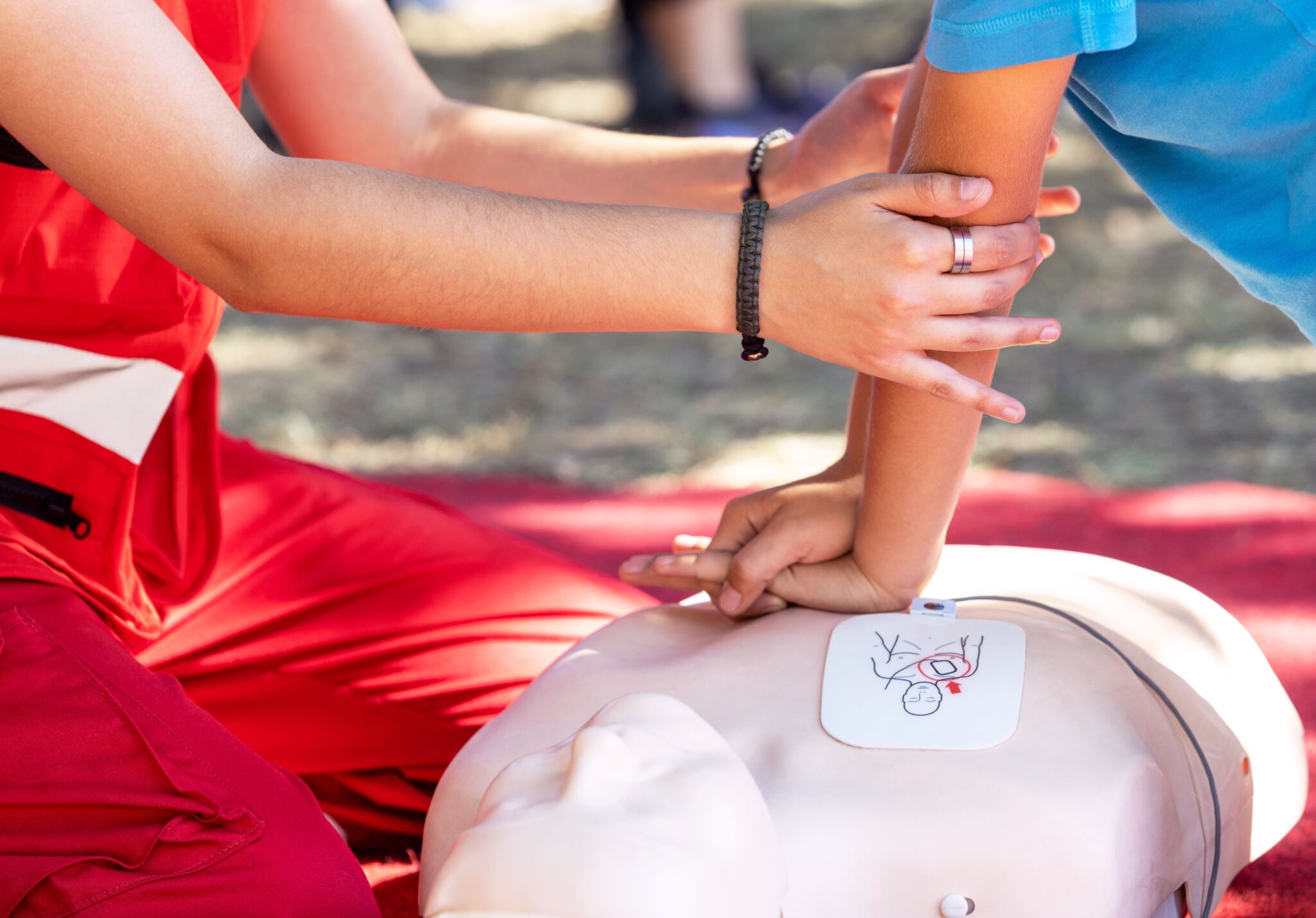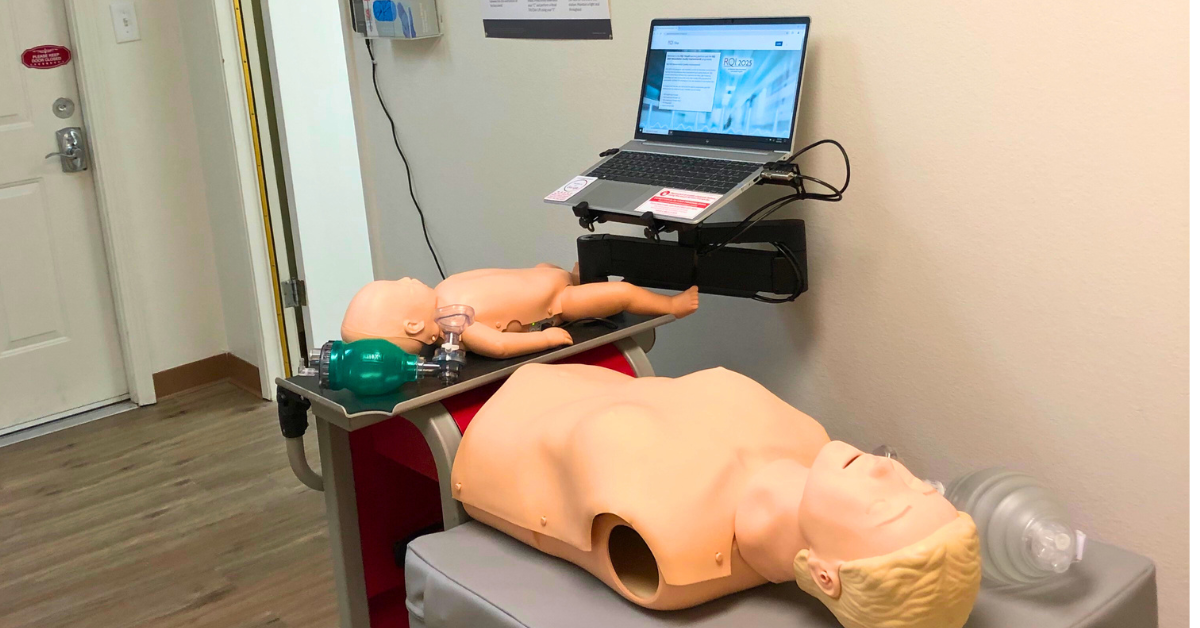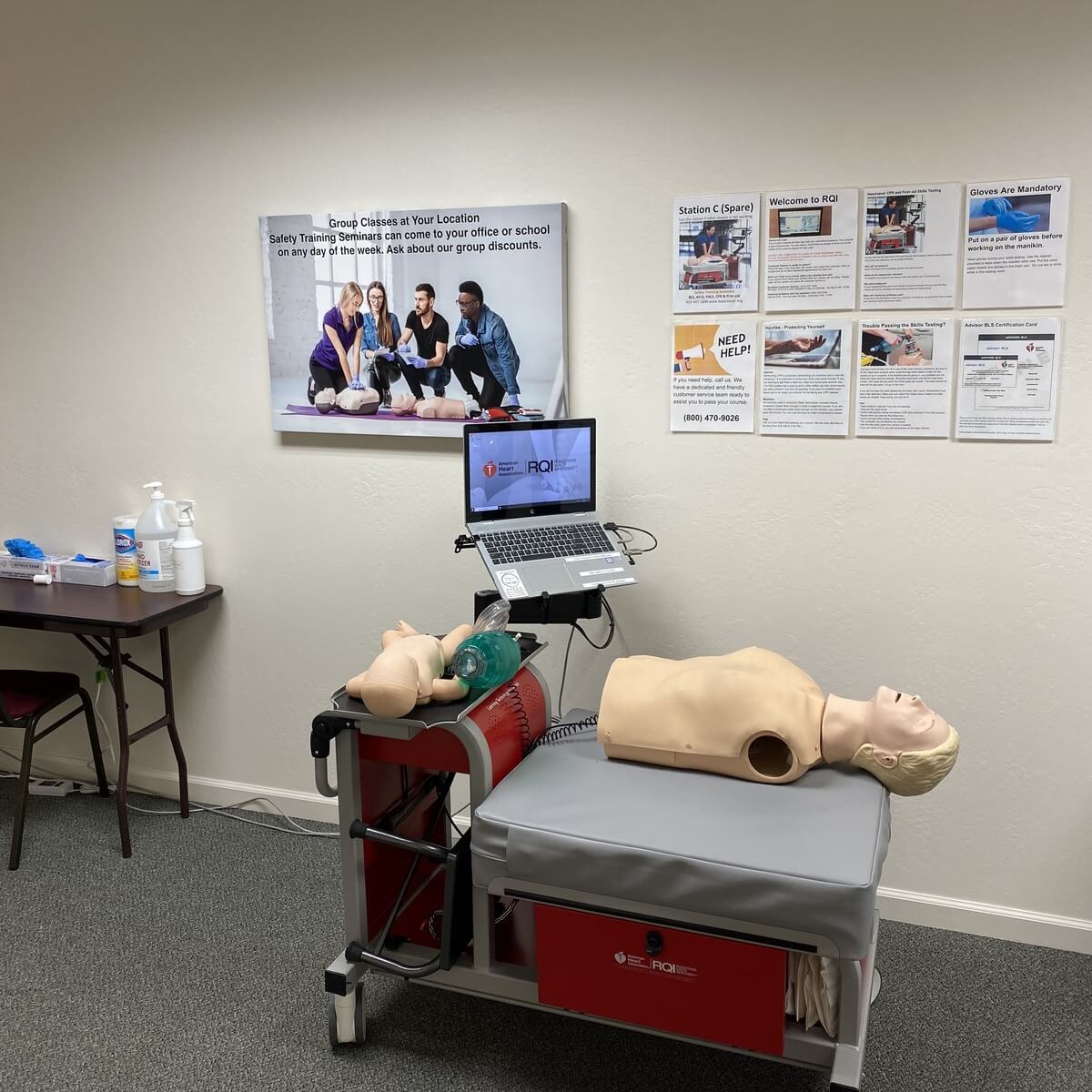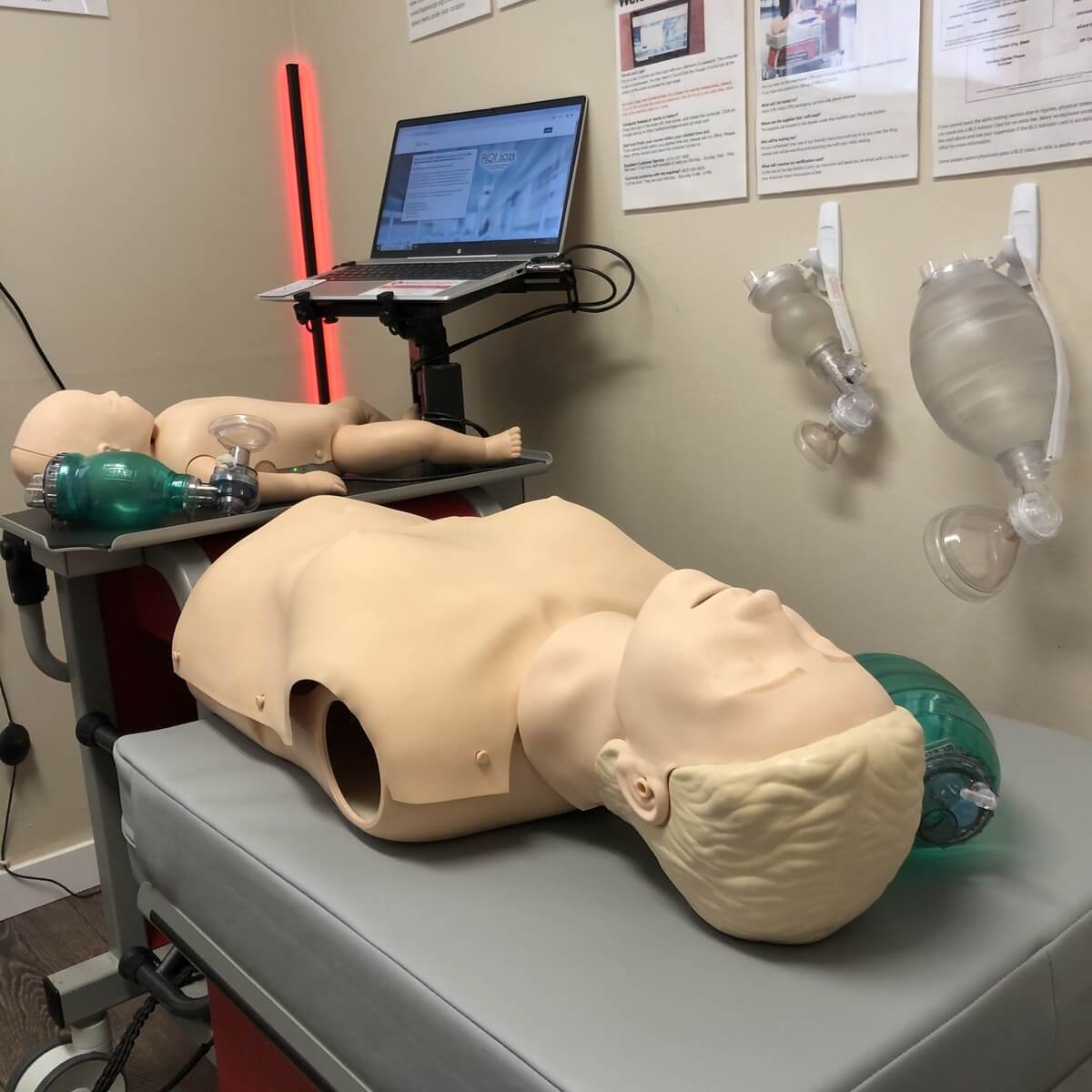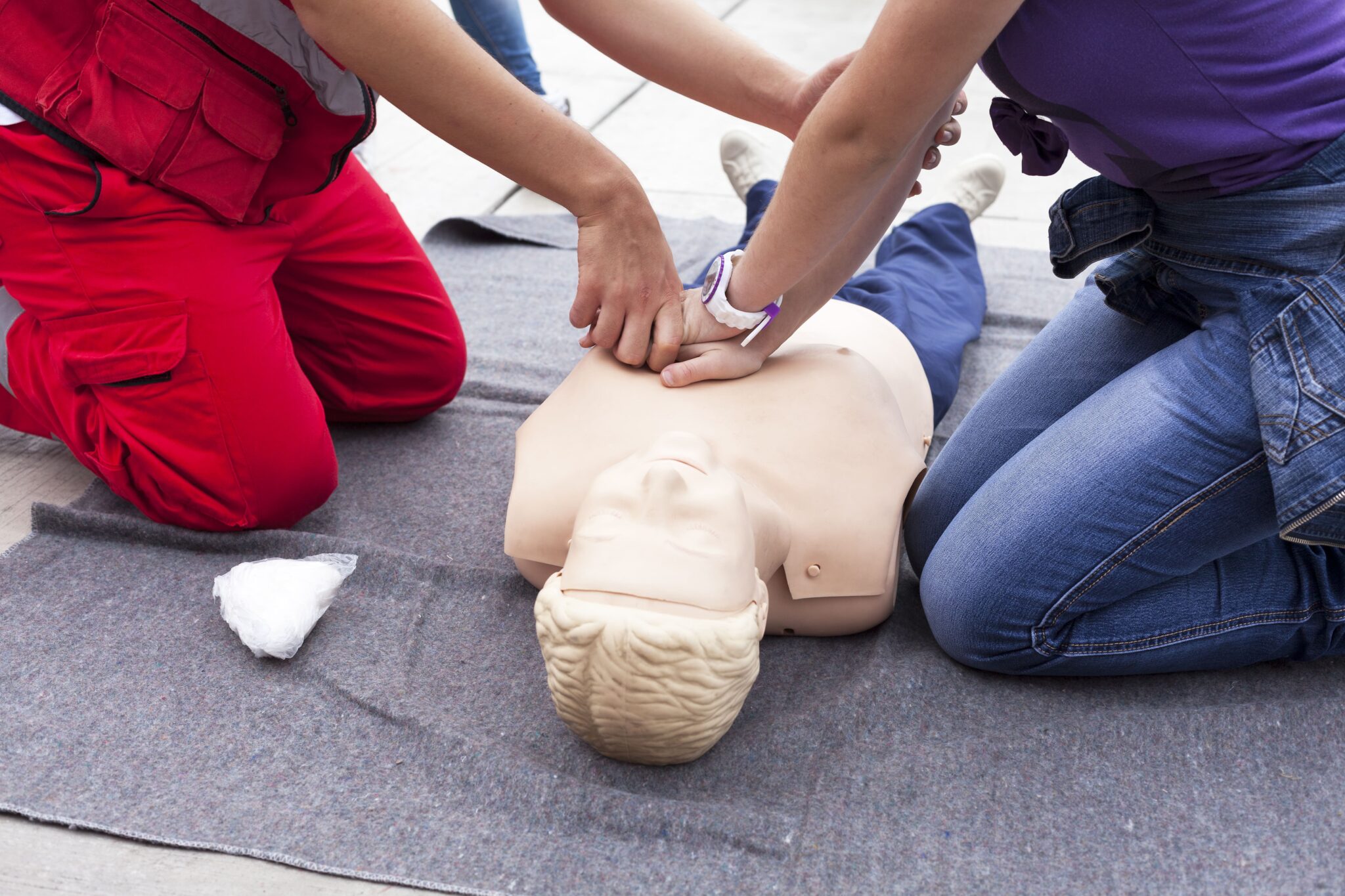Earning your ACLS certification (Advanced Cardiovascular Life Support) is an essential step for healthcare professionals involved in emergency response, intensive care, or critical care units. While passing the exam may seem challenging, proper preparation can make all the difference.
Understanding the ACLS Certification Exam
Before discussing study tips, it’s important to understand the ACLS certification exam. The exam assesses your ability to recognize and manage life-threatening cardiac emergencies such as arrhythmia, stroke, and acute coronary syndromes. It also tests your understanding of effective communication in a team setting and your skill in initiating appropriate interventions.
Key Components of the ACLS Certification Exam
- Airway Management – Mastery of intubation techniques, bag-mask ventilation, and other airway interventions.
- Pharmacology – Understanding medications for heart rate control, vasopressors, and antiarrhythmic drugs.
- ECG Interpretation – Identifying rhythms like asystole, ventricular fibrillation, and pulseless electrical activity (PEA).
- Megacode Scenarios – Practical scenarios that simulate real-life cardiac emergencies.
- BLS Skills – Proficiency in high-quality CPR and defibrillation.
Step 1: Develop a Study Plan
Creating a structured study plan ensures you cover all essential topics while avoiding last-minute cramming. Consider the following when planning your study schedule:
Allocate Enough Time
The ACLS exam covers a broad range of content, so allocate several weeks for preparation. Aim to dedicate 30-60 minutes per day to studying rather than long, infrequent sessions.
Focus on High-Yield Topics
Prioritize the following core areas:
- ECG interpretation
- Medications and dosages
- Cardiac arrest algorithms
- Acute coronary syndrome and stroke protocols
Use Visual Aids
Flowcharts, diagrams, and infographics simplify complex information and can enhance memory retention.
Step 2: Utilize Quality Study Resources
Choosing the right study materials is crucial. Here are some trusted resources for your ACLS certification preparation:
American Heart Association (AHA) ACLS Provider Manual
This official guide contains detailed algorithms, case studies, and medication information aligned with AHA guidelines. Consider this your primary resource.
Online Practice Tests
Numerous websites offer ACLS practice tests that mimic the actual exam structure. These tests reinforce your knowledge and help you identify weak areas.
ACLS Simulation Apps
Interactive mobile apps provide hands-on practice in identifying ECG rhythms, administering medications, and managing emergency scenarios.
Flashcards for Quick Review
Using flashcards to memorize algorithms, medication dosages, and key terms can be highly effective for quick learning.
Step 3: Master ACLS Algorithms
The cornerstone of ACLS certification is understanding and applying life-saving algorithms. Focus on these core protocols:
Cardiac Arrest Algorithm
- Begin with immediate high-quality CPR
- Deliver defibrillation for shockable rhythms
- Administer medications like epinephrine and amiodarone at correct intervals
Bradycardia Algorithm
- Identify symptoms like dizziness, hypotension, or altered mental status
- Administer atropine and consider transcutaneous pacing if necessary
Tachycardia Algorithm
- Differentiate between stable and unstable patients
- Manage stable patients with vagal maneuvers, adenosine, or beta-blockers as indicated
Consistently reviewing these algorithms ensures you are prepared to act quickly during your practical skills assessment.
Step 4: Practice with Mock Scenarios
Applying theoretical knowledge in real-time scenarios is key to mastering ACLS skills. Mock scenarios improve your:
- Critical thinking
- Team communication skills
- Ability to stay calm under pressure
Many ACLS training centers, including Safety Training Seminars, provide hands-on practice that simulates real-world emergencies.
Step 5: Develop Strong ECG Interpretation Skills
A large portion of the ACLS certification exam involves recognizing heart rhythms. Practice the following rhythms extensively:
- Atrial fibrillation
- Ventricular tachycardia
- Pulseless electrical activity (PEA)
- Third-degree AV block
Utilizing ECG simulation tools can reinforce your ability to identify these rhythms quickly and confidently.
Step 6: Learn ACLS Pharmacology
ACLS protocols require a clear understanding of medication types, dosages, and timing. Focus on key drugs such as:
- Epinephrine – For cardiac arrest and anaphylaxis
- Amiodarone – For ventricular fibrillation or unstable tachycardia
- Atropine – For symptomatic bradycardia
- Adenosine – For stable supraventricular tachycardia (SVT)
Create a medication chart that highlights each drug’s use, dosage, and possible side effects.
Step 7: Focus on Team Dynamics and Communication
Effective teamwork and leadership are crucial during ACLS scenarios. Remember these tips:
- Use clear and concise communication with team members
- Assign specific roles during the scenario
- Remain calm and composed under pressure
A confident and cooperative approach ensures smoother team performance during the megacode evaluation.
Step 8: Attend a Quality ACLS Training Course
Choosing the right training program can significantly improve your chances of success. At Safety Training Seminars, our comprehensive ACLS courses provide:
- Expert instructors with real-world experience
- Hands-on practice with life-saving equipment
- Realistic simulations to build confidence
Our training is aligned with AHA guidelines, ensuring you meet the highest standards for ACLS certification.
Step 9: Manage Test Anxiety
Feeling nervous before your exam is normal, but there are strategies to stay calm:
- Practice relaxation techniques like deep breathing or mindfulness
- Get plenty of rest the night before your exam
- Eat a healthy meal to maintain focus and energy
Confidence grows from preparation, so trust in the hard work you’ve put in.
Step 10: Understand Post-Exam Requirements
Upon passing your ACLS certification exam, you’ll receive your official American Heart Association certification card, which is valid for two years. Remember to:
- Keep a digital and physical copy of your certification card
- Stay informed about renewal deadlines to maintain certification
- Continue practicing ACLS skills in clinical scenarios to stay proficient
Sign Up Today
Preparing for your ACLS certification exam requires dedication, focus, and the right resources. By following these strategies and enrolling in a trusted training program like Safety Training Seminars, you’ll feel confident and prepared to excel in both the written and skills assessment components.
Our woman-owned American Heart Association (AHA) Training Center offers high-quality BLS, ACLS, PALS, CPR, and First Aid courses throughout the San Francisco area. With dedicated customer support available daily from 8 AM to 10 PM, you’ll have the assistance you need whenever you need it.
Sign up for your ACLS certification course with Safety Training Seminars today and take the next step in advancing your healthcare career!


